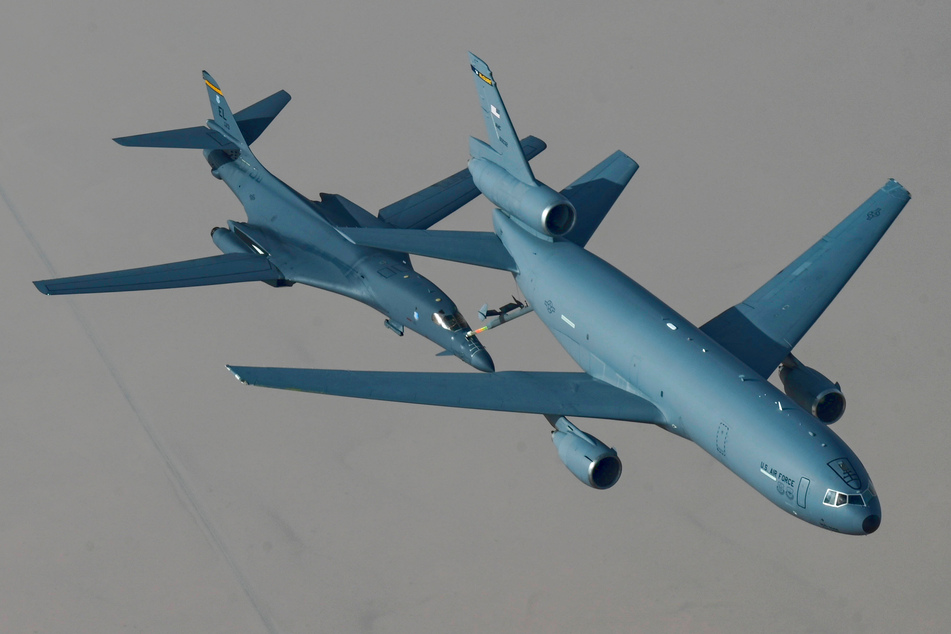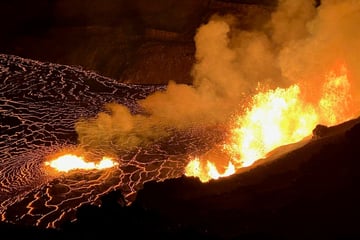US military emissions: A hidden figure supercharging climate change
Washington DC - "War is not green" – that was the message of protesters criticizing the secrecy around world militaries' CO2 emissions. But even with poor self-reporting, the US Armed Forces emit so much that if they were a country, they would be the 45th worst polluter in the world.

Protesters at the COP26 climate summit have demanded the inclusion of military CO2 emissions in countries' pledges and reporting. In this matter, the US is the worst offender, after setting the trend of underreporting or simply omitting its military emissions since the 1997 Kyoto Protocol.
The US military pushed a deal that kept military emissions from being tracked at the end of the Kyoto Protocol talks, and even though that was amended at the 2015 Paris Agreement, emissions are still heavily underreported.
At the UN's climate summit in Glasgow, protesters have been demanding a real change, so that militaries' climate impact can be measured. Just like Alexandria Ocasio-Cortez told reporters at COP26, you can't "draw down" emissions effectively if you aren't counting them all.
Another way to put it is that just because you don't track emissions doesn't mean they aren't destroying the planet. Ahem, looking at you Department of Defense.
US military's emissions

The level of secrecy around the deployment of US forces makes pinning down the military's contribution to climate change a tricky challenge.
However, there are some concrete figures that can be used to figure out the minimum emissions from the US military, and a report on this carbon "boot-print" shows how much this amounted to in 2017.
The report puts the US military in a ranking of the world's countries by emissions, and thanks to the logistical tail, supply chains, construction, and the operations that keep the military working, the US Armed Forces were number 45 of the worst polluters in the world.
The 2020 Department of Energy report on Department of Defense emissions says the US military is responsible for over 50 million tons of greenhouse gas emissions, but a watchdog collaboration claims there is severe under-reporting or outright lack of reporting.
Some things that make the US military such a huge emitter include its fuel use, where no other armed forces even came close in 2020.
Building and maintaining bases also has a high environmental impact, because concrete and steel, which are needed for base-building, make up 15% of global emissions.
A focus of the military has been on a long lifetime for vehicles and equipment, means locking older higher-emitting technology into service for years, sometimes even decades.
As COP26 draws to an end, the mismatch in reporting emissions and taking action is clearer than ever, especially after Congress happily waved through a $777-billion dollar defense budget, a 5% increase from 2021's budget for military spending. Meanwhile, the reconciliation bill and its potentially game-changing climate provisions have been gutted.
The climate couldn't care less about operational and national security, so cutting the Armed Forces' emissions is a must. The first step to making that happen is accurately counting exactly how much the military emits.
Cover photo: IMAGO / ZUMA Wire
